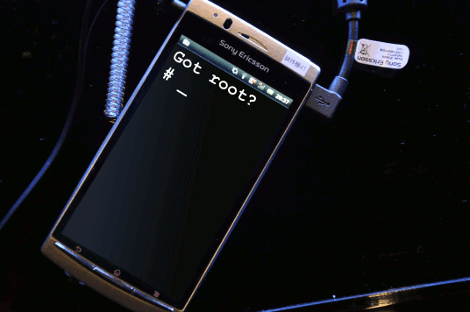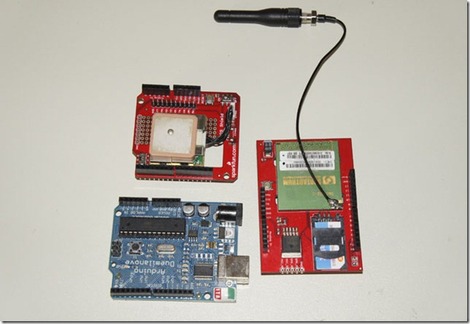We here at Hackaday have been pining over these cheap laser cutters on the e-bay. They are, however, just outside of the price range to make them worth ponying up for. [Stephen Hobley] however seems to have taken one for the team in his three part series, and is allowing us to live vicariously through is experiences.
Not surprisingly the price point leads to the potential for headaches. The units ship directly from China, and see their fair share of rough handling from package carriers. Broken/misaligned laser tubes are not uncommon (replacement tubes are prevalent). Shockingly the laser tube managed to survive the seven thousand mile journey! That only leaves a couple crucial modifications and careful cleaning and aligning to get the unit up and running. You didn’t think it would be that easy, did you?
To top off all the modifications adjustments and cleaning steps [Stephen] found (in part three) that his controller board was on the fritz. With a new one on the way from China, [Stephen] is debating either reverse engineering the included controller board or coming up with his own CNC solution. We could suggest quite a few alternate solutions ourselves.
We will be glued to [Stephen]’s blog for updates.
Stick around for a video of what we all really want to see, a laser burning stuff.





















